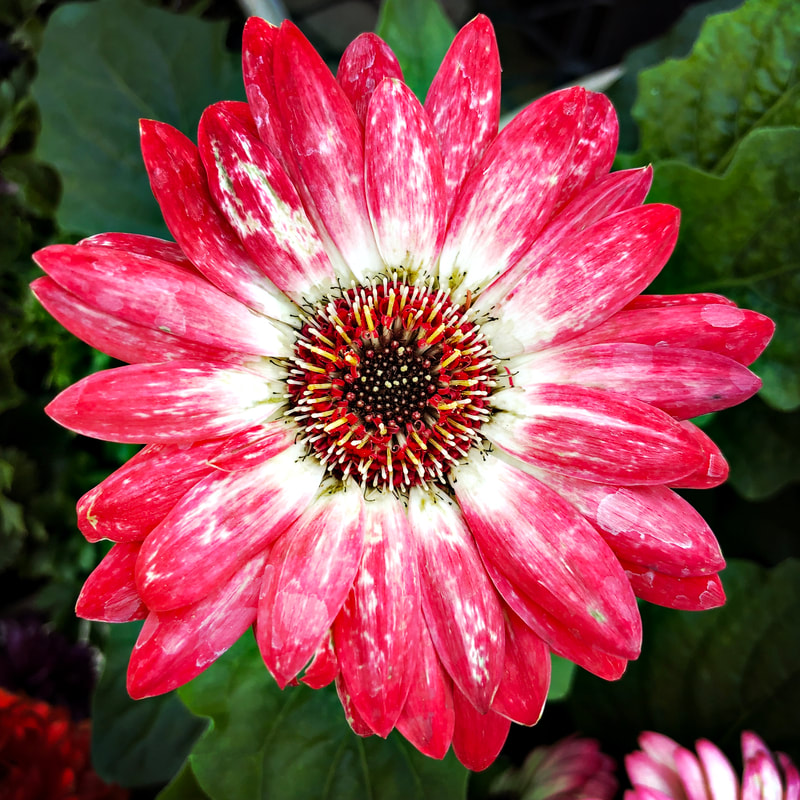ASSAY: A JOURNAL OF NONFICTION STUDIES
6.2
6.2
Introduction:
|
Gregory Stephens is Associate Professor of English, University of Puerto Rico-Mayagüez. His most recent book is "Three Birds Sing a New Song: A Puerto Rican trilogy about Dystopia, Precarity, and Resistance" (Intermezzo, 2019). Short fiction includes “Making Do with the Residue (Caiseas Hill),” Iris Literary Journal (Spring 2020); “Close to the Bone” (Dec 2019); “Caiseas Blues” (2019), and “Raw Meat (Sexy Mama)” (2017). Literary nonfiction includes “A Team of Mules”; “Tied to the Mast: Connecting the Dots of Sea Crossing Tales,” saltfront (2020); “Spanking the Baby: Second Thoughts on Discipline”; “Voice, Conscience, Community”; “Integrative Ancestors redux--a Child's story from the past to the future” (2018); "Split-Screen Freedom,” Writing on the Edge; “Che’s Boots: Discipline and the flawed hero,” Intraspection.
